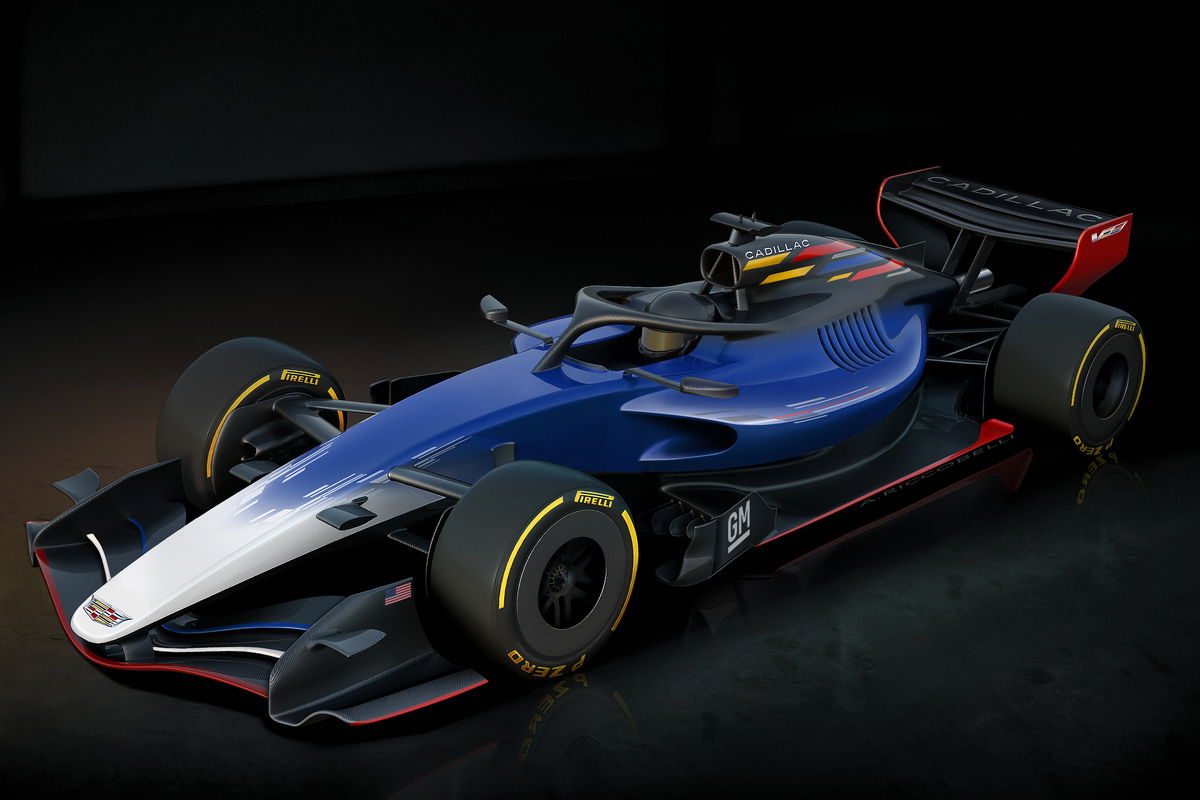

While some are comparatively simple and will largely sort themselves out in time, there is one pressing issue that could have a significant impact on its sporting performance once it joins the grid.
New regulations are set to reshape F1 for 2026, with an increased reliance on electrical power, and the introduction of moveable aerodynamic surfaces.
While teams are able to do some work on those areas now, it will begin in earnest on January 2 when they are able to begin wind tunnel testing.
Most teams of the existing 10 teams will spend the initial weeks of next season understanding the 2026 car, before shifting focus back to next year’s model.
Over the course of the season, each operation will blend resources across from one project to the other, a process that will be largely defined by each team’s fortunes.
It will do that under the constraints imposed by the sport’s financial, technical, and sporting rules; a complex trio of documents that has been increasingly designed to ringfence the competitiveness of the F1 field.
All 10 teams are bound by those documents, as are the power unit manufacturers, through agreements in place that essentially guarantee their entry into the 2026 championship.
A team can only formally enter the 2026 championship once entries open, which typically occurs in the week following the final race of the season.
Prior to that, each team will have signed the revised Concorde Agreement, which is currently being negotiated though no significant changes are expected to be made.
A valid contract with the commercial rights holder is now a pre-requisite to competing in Formula 1, as demonstrated by Andretti’s initial rejection.
Currently, beyond public acknowledgement that there is an intent from Formula 1 and Cadillac F1 to work towards a place on the 2026 grid, nothing more has been done.
As it stands, the Cadillac F1 project is not beholden to the sporting, technical, or financial limitations of teams that will be direct rivals in 2026.
Already the squad is poised to have its first physical chassis. Initially expected before Christmas, Speedcafe understands that has been pushed back slightly and willin fact bleed into the early days of the new year.
As the existing F1 teams are getting their first chance to run a car in the wind tunnel, the Andretti/Cadillac project is in a position to begin crash testing.
It is also not limited financially and, if it so wished, could inject an unlimited stream of cash into the organisation.
To an extent, it is, as it continues a strong recruitment drive on top of fitting out its new Silverstone facility. It is free to acquire personnel, machinery, facilities, and develop freely within any of the limitations the existing teams currently have.
Hence there is an interest to lock the organisation down, likely through a memorandum of understanding or similar mechanism that pledges adherence to the 2026 regulations now in exchange for its position on the grid.
Given the 2026 Concorde does not exist, nor are entries open to the 2026 F1 season, it is the best that can be done in the circumstances.
But that hasn’t yet happened.
It is in the sport’s best interest to tick that box sooner rather than later to ensure a level playing field, while Cadillac is best served – provided it has the funds – to kick that can down the road as far as it can.
While its workforce may on paper be significantly smaller than its rivals, it can also dedicate its time to the project in a way nobody else can.
It has the possibility of giving Cadillac a sporting head start prior to 2026.

Today’s giveaway
Immerse yourself in motorsport history with a unique Bathurst getaway, home of the legendary Mount Panorama circuit. This prize includes accommodation, food packages, and tourist activities in one of Australia’s most iconic racing destinations.
With five exciting packages up for grabs, you’ll experience the rich heritage of motorsport while enjoying breathtaking views of the legendary track
ENTER HERE:
**ACT not included**
[mailpoet_form id=”18″]
For Terms and Conditions, Click here.




















Discussion about this post